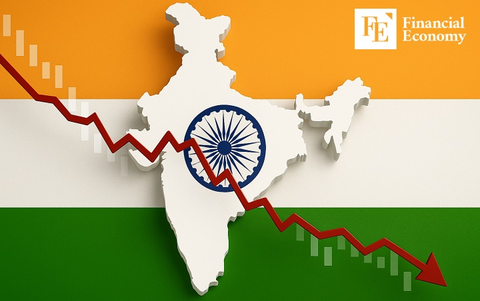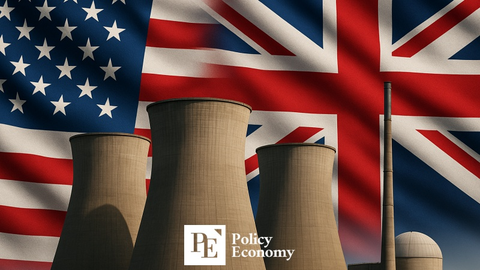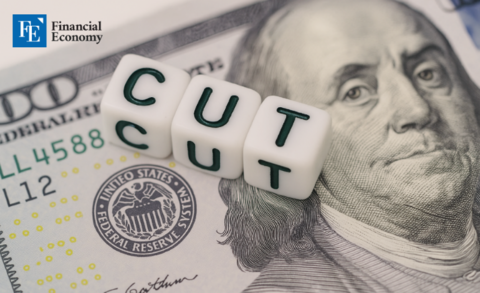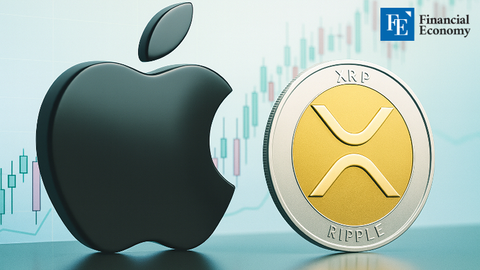Tariffs and the Fed: Why a Rate Cut Still Looks Out of Reach
Input
Modified
Rates remain steady. Tariffs raise costs. Price relief lies months ahead.
As the Federal Reserve wrapped up its July meeting, Chair Jerome Powell confirmed a cautious tone, stating that there would be no interest rate cut this month. The Fed wants more time to assess how recent tariffs will impact inflation. Although trade negotiations with major partners appear to be nearing a conclusion, the impact of the new reciprocal levies is only now starting to be felt.
Business leaders have kept price increases subdued, absorbing higher input costs and tight labor markets to avoid losing market share. But this buffer may soon thin. Analysts warn that once companies pass on costs, inflation could accelerate. Against that backdrop, the Fed’s reluctance to loosen policy reflects both caution and realism. Looking ahead, rate decisions will depend heavily on the timing and magnitude of tariff-driven price increases.
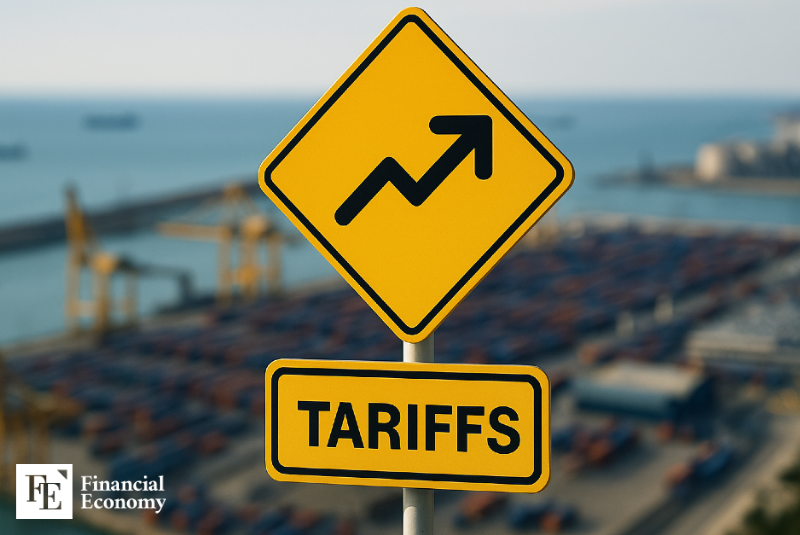
When Tariffs Drive Prices, Fed Holds Steady
The U.S. tariff landscape has shifted rapidly, with effective rates rising from around 2 percent just a year ago to nearly 20 percent today. The Federal Reserve is monitoring whether these increased import costs have been passed through to supply chains and are ultimately reflected in consumer prices. This lagging effect means that despite elevated duties, inflation has not spiked appreciably, yet.
Companies have resisted mainly raising prices during earnings reports, instead opting to compress profit margins. This strategy kept consumer inflation tame, allowing the Fed to maintain its current policy stance. However, analysts at Fitch Ratings predict that if companies start charging higher costs, price inflation will accelerate. At that point, the Fed has signaled it will be unlikely to reduce borrowing costs, even amid demands to support growth and employment.
The Fed’s current message is consistent: it will not lower rates until inflation risks subside. That means better data, not wishful thinking, will drive policy. Given that tariffs take months to filter through pricing, Fed officials believe waiting will yield clarity. In essence, this wait-and-see approach reflects the desire to avoid reacting prematurely to inflationary trends that are still in their early stages.
Corporate Buffers Are Running Thin
For now, many firms remain reluctant to pass on tariff-driven cost hikes, hoping to preserve market share. But internal reports suggest that margin compression is nearing a tipping point. Companies cite squeezed budgets, tighter margins, and rising labor costs as signs that delay strategies cannot last forever.
When price increases begin, they could come quickly. The nature of tariffs is that they apply directly at the border, and when they hit raw material costs, everything downstream becomes more expensive. Small businesses, which lack the scale to absorb shocks, could feel this pressure most acutely.
Beyond supply chains, consumer habits may shift as inflation becomes more visible. If grocery or everyday goods rise even modestly, consumers may reduce their discretionary spending. That consumption slowdown could further complicate the Fed’s policy decisions, forcing central bankers to balance inflation risk with economic resilience.
The duration of this corporate resistance remains a critical unknown. If companies hold firm for another quarter, the Fed may see delayed inflation and consider easing rates later in the year. If price increases occur sooner, the window for rate reduction may close entirely until inflation shows sustained decline.
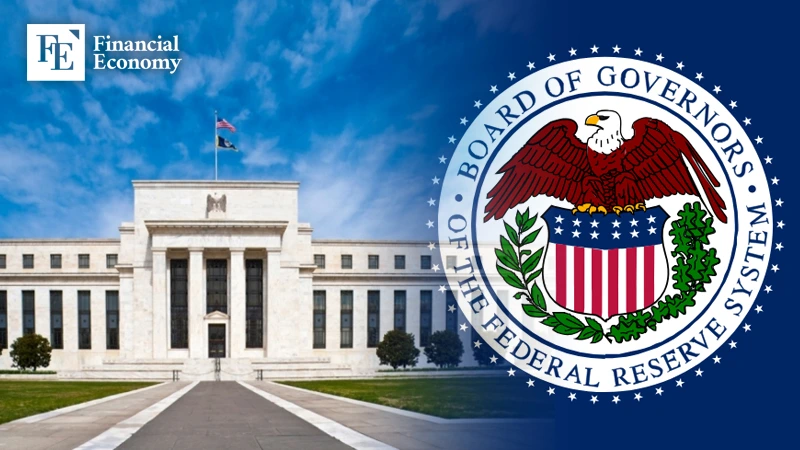
The Road Ahead: Data Watchers Brace
Federal Reserve officials have made clear what matters most: monthly indicators will shape decisions. Wage growth, consumer price indexes, producer prices, and import cost data are all on high alert. Among committee members, discussions reflect concern that without visible price moderation, rate cuts are off the table.
Former Fed Chair Janet Yellen and others have publicly credited tariff policies for keeping rates elevated longer. The Fed’s refrain is consistent: tariffs create upward price pressure, and it is premature to loosen monetary policy until the impact of this pressure is fully understood. Until then, rate stability remains the priority, even at the risk of dampening growth.
Financial markets have already priced in the new reality. Bond yields have held steady, credit conditions remain tight, and futures traders no longer anticipate a cut before year-end. That aligns with the Fed’s updated projections, which point toward neutral or slightly restrictive rates for the foreseeable future.
Some market observers warn that a sudden, faster-than-expected pass-through of tariff costs into prices could trigger a spike in inflationary expectations. That would raise the bar for policy action even higher. Conversely, a prolonged period of benign price trends could open the door for cut discussions late in the year, but only if wages and service-sector costs stabilize.
For now, policymakers tread carefully. Waiting provides data and deters guesswork. But it also risks blunting responsiveness to growth slowdown. If job growth weakens, economic forecasts falter, or geopolitical shocks emerge, the Fed may find itself caught between the need to address stubborn inflation and support the economy.
As the months unfold, the Fed’s posture will remain data-dependent. However, one message is clear: until tariff effects fully materialize and price growth eases, interest rates are unlikely to decrease. For now, the Fed holds its cards close, listening to the data before deciding if and when relief will arrive.
In short, business delays in passing on costs have delayed inflation. But that delay is temporary. When prices rise, the Fed will act, not by cutting rates this month, but by responding to evidence of sustained inflation. Until then, the central bank remains vigilant, closely monitoring the impact of tariffs on the economic landscape ahead.




